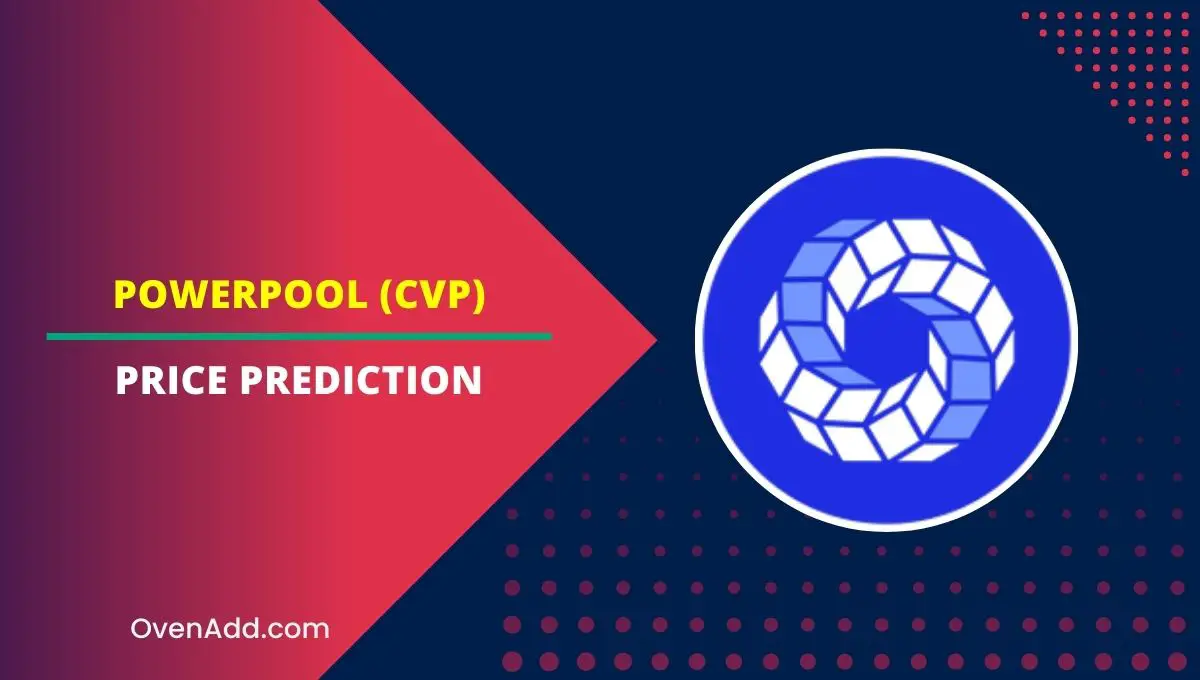
Typically, you would plot unit numbers along your x-axis and pound sterling along your y-axis. From here, you can then highlight your fixed costs line and your variable costs. Break-even point is the level at which total revenue equals total costs, i.e. when a company or organization makes neither a profit nor loss. Cost Volume Profit (CVP) Analysis is a technique used to determine the volume of activity or sales required for an organization to break even or make a profit. It looks at the relationship between costs, sales volume, and profits over various levels of activity.
Ask a Financial Professional Any Question
Cost-volume-profit (CVP) analysis is a method of evaluating the impact that varying levels of costs and volume have on a company’s operating profit. At this point, you can chart your total costs and your total revenue. The point at which these intersect is your break-even point, which should be labelled on your graph.
- A continuous flow of IV fluid also ensures accurate pressure readings.
- Understanding variable costs is essential for conducting CVP analysis and for making informed decisions that maximize profits.
- This means that for every widget sold, the company would have a contribution margin of $7, which is $2 higher than its current contribution margin of $5.
- CVP measurement helps determine whether a patient is hypovolemic (low blood volume), euvolemic (normal blood volume), or hypervolemic (excess blood volume).
- This step prevents errors in measurement due to differences in height.
Use Our Breakeven Analysis Calculator To Determine If You May Make A Profit
This type of analysis relies on a clear distinction being made between fixed and variable costs. However, this is not always straightforward in reality, as not all costs remain neatly in their categories over time. It’s a simple and straightforward analysis that can be a useful starting point when you’re doing your calculations and may give you handy jumping-off points as you start to refine your plans. It’s also a handy tool for sharing with your stakeholders and, in particular, with your sales team. The main components of CVP Analysis are cost structure, sales volume, and revenue. Each component is studied about one another to determine how changes in any one area will affect overall profitability.
What is a Cost Volume Profit Analysis?

Basically, it shows the portion of sales that helps to cover the company’s fixed costs. Any remaining revenue left after covering fixed costs is the profit generated. So, for a business to be profitable, the contribution margin must exceed total fixed costs. CVP analysis is used to determine whether there is an economic justification for a product to be manufactured.
The decision maker could then compare the product’s sales projections to the target sales volume to see if it is worth manufacturing. To illustrate the concept of the break-even point in CVP analysis, let’s consider the example of a company that produces and sells widgets. The company has fixed costs of $10,000 per month, and its variable cost is $5 per widget. In summary, the sales price is an important component of Cost-Volume-Profit (CVP) analysis.
Cost-volume-profit (CVP) analysis, also referred to as breakeven analysis, can be used to determine the breakeven point for different sales volumes and cost structures. The breakeven point is the number of units that need to be sold—or the amount of sales revenue that has to be generated—to cover the costs required to make the product. For example, both the fixed cost per unit and the variable cost per unit are considered to be constant, and so is the sales price.
It is particularly useful in patients with heart failure, pulmonary hypertension, or other cardiac conditions where right ventricular function needs to be closely monitored. In intensive care units, CVP is routinely measured in critically ill patients to monitor their hemodynamic status. This includes patients with sepsis, shock, major trauma, or undergoing major surgery. CVP helps in assessing the response to treatments and interventions, ensuring optimal patient care. By monitoring CVP, healthcare providers can tailor fluid administration to meet the patient’s needs.
CVP analysis can be useful for companies when making short-term business decisions. Running a CVP analysis involves using several equations for price, cost, and other variables; these equations are plotted on a graph. Documenting the time of CVP catheter insertion accounting for contingent liabilities establishes a chronological record of the procedure. This information is crucial for monitoring trends in CVP measurements over time and assessing the patient’s response to interventions. Place the patient in the identified position and confirm zero point.
Hypothetical illustrations may provide historical or current performance information. Past performance does not guarantee nor indicate future results. For many people, the easiest way to visualise this figure is by creating a cost-volume-profit graph. Our mission is to empower readers with the most factual and reliable financial information possible to help them make informed decisions for their individual needs.
